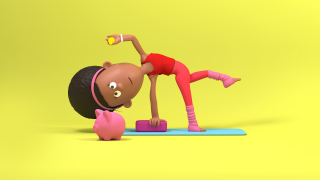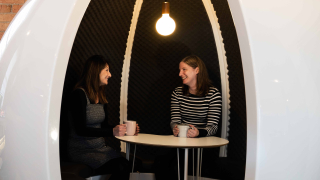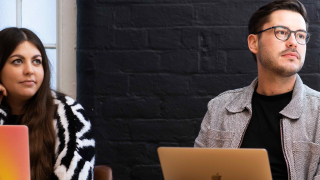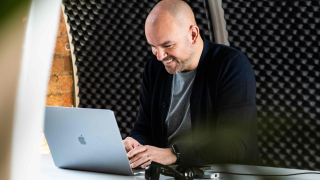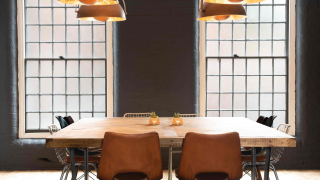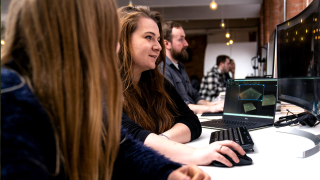
Being a CGI artist in the Image & Motion team means we’re often presented with technical challenges from clients and colleagues alike. And challenges are what we like best.
When Aggregate Industries came to us with their particular problem, we were challenged to find a way to showcase their commercial landscaping paving products beyond simple photography of an isolated slab. The solution? We could create brochure-ready, jaw-dropping outdoor scenes featuring Aggregate's various products using CGI.
We couldn’t just use generic CGI models when adding the paving to the environments, we needed to accurately showcase the client's own products in perfect detail – after all, they would be the hero in these images. But as always, there wasn’t a single solution in order to achieve what they wanted, and so we weighed up the possibilities for Aggregate.
One approach would have been to model the digital assets by hand in our usual software. This would have been very much within our comfort zone, but it presented quality compromises that we weren’t willing to take. So enter photogrammetry – a complex process, but the right one for showcasing Aggregate’s products in the best possible way.
So what actually is photogrammetry?
In the simplest terms, photogrammetry is a process of capturing photography of a subject from every possible angle, in order to then build out a hyper-realistic, highly-accurate 3D model.
In the case of Aggregate, the subject was a range of paving slabs, but the process can be applied not only to objects, but to people and places too.
What is it typically used for?
The uses of photogrammetry are wide ranging. While for Aggregate it was a means to capture assets for marketing purposes, the process is ideal for a variety of applications.
Photogrammetry has been employed as a technique by forensic police to capture and document crime scenes. The medical industry uses it for the development of prosthetics among other things. It’s a great technique to archive physical artefacts into a digital catalogue of items accessible beyond the walls of a museum. Or for architects to capture buildings during a moment in time (or even over time). The gaming industry uses it to digitise environments, create human characters and more.
Essentially, the potential is endless.
New territory
Photogrammetry has long been a personal interest of mine, so to get the opportunity to work on a project like this for a client meant I got to explore the technique even further.
As with a lot of creative types, my professional practices often seep into life outside of work. I recently experimented by creating an animated 3D version of myself, and later this year I plan on taking what I’ve learned to the next level for a personal project. The idea will be to launch a drone to capture an old building from above, as well as manually taking photos of it from the ground level. This should enable me to create an accurate 3D model of an existing building, which I will then scale down and 3D print (another hobby). Who knows where this experimentation may lead to, in terms of pushing my skills and understanding of the photogrammetry process, but also finding opportunities within it for our clients across all sorts of industries and sectors.
Still with me?
If you’re geeking out over photogrammetry as much as we have been, you might want to take a closer look at the process and how it works.
Firstly, you need a static object. The plan is then to take photos of it from every possible angle. For maximum coverage and efficiency, we used a triple-camera rig to capture quality images of both the product's top and edges in a single pass.
Next, we need to ensure the lighting is 100% consistent from every angle. Any change will result in inconsistencies that will be detrimental to the final output.
Then we take the photos. For the paving slabs, we set up a turntable and rotated it by 5˚ before taking each photo. This process was repeated until we’d captured the product in full 360˚.
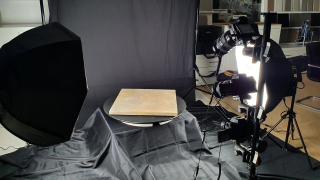
Now it gets complicated. The photos are brought into Reality Capture, and we form a data cloud to give us a sense of what the final 3D product will look like.
This first pass produces a low-quality solid object and we can add control points to make sure the software’s understanding matches our expectations. This is a manual process, and gives us the ability to control the quality of the output and spot and fix any issues early on.
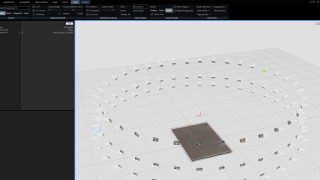
Once we’re satisfied that everything is looking spot-on, we’re ready to calculate the data again, and then we can map the texture and adjust any necessary technical settings.
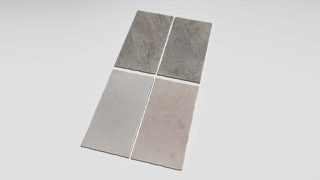
Now the fun starts, because we now have a 3D object – which we can use to our hearts' content. The 3D object can be brought into CGI modelling software for use. We can light it, animate it, comp into photography, or use it as part of a fully CGI scene.
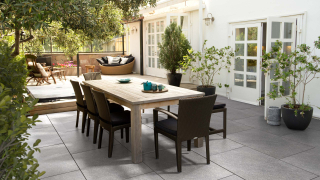
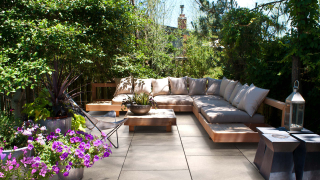
If you’re still with me – well done!
I'm excited to continue my personal photogrammetry journey, to uncover more of this technique's potential, and how it could help solve problems for our clients in the future. I'll keep you updated...
